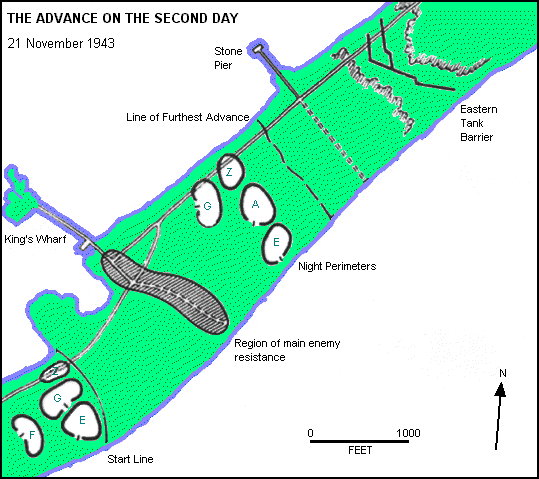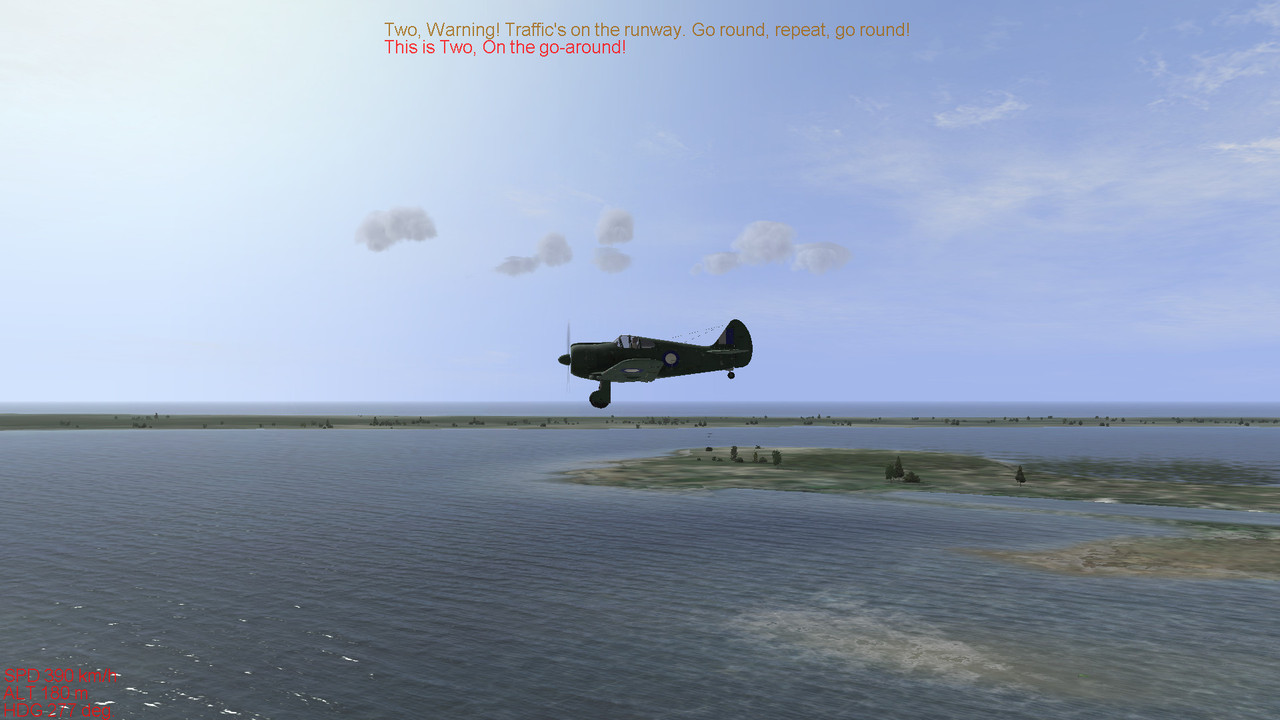

Organized in January 1941, the 193rd was created out of four Federalized National Guard tank companies-the 30th from Forsyth, Georgia (Company A) the 31st from Ozark, Alabama (Company B) the 36th from Houston, Texas (Company C) and the 45th Tank Company from Denver, Colorado (Company D). These vehicles belonged to the 193rd Tank Battalion (TB). However, at the time of its debut no turret was available in the American arsenal that could accommodate a gun heavier than 37mm. The Lee tank appeared ponderous and presented a handsome target to enemy gunners with its high silhouette. It was something of an anachronism, harkening back to the days of World War I tank design and put together with a minimum of innovation since the M4 Sherman medium tank was still unavailable in great numbers. The Lee was actually a stopgap medium tank equipped with a 37mm cannon in a small traversing turret and a hull-mounted 75mm gun.


Makin also marked the combat debut of armor in an Army-led Pacific landing and was the only time American-crewed Lee medium tanks entered battle against Japan. Lessons learned there paved the way for larger operations on Saipan, the Philippines, and Okinawa. Army forces in the Central Pacific during World War II. Yet Makin distinguished itself as the first amphibious assault conducted by U.S. More than 1,600 Americans and 4,600 Japanese perished there compared to relatively light casualties sustained during the Makin landings. The invasions took place simultaneously, but it was the Marines’ bloody assault of Tarawa Atoll’s primary islet, Betio, that made headlines back home. Makin has been eclipsed in popular memory by the maelstrom of Tarawa, which was seized by troops of the 2nd Marine Division after three days of vicious fighting. No longer pinned down, the GIs continued their attack into Makin’s main defensive area. Enemy bunkers began disintegrating under a hail of 75mm shells, while well-placed canister rounds silenced stubborn snipers. American armored vehicles had finally made it ashore and were joining the fight. Makin’s invasion was in danger of stalling on the beach.Īmid this chaos, soldiers began hearing the deep bark of tank cannons. infantrymen stopped advancing and took cover. Shocked by the loss of their colonel, raw U.S. Leaders made excellent targets-the American regimental commander was shot between the eyes while rallying his troops. Japanese snipers, hidden within a tangle of fallen trees and shell craters, took an alarming toll on the attackers. Critical items such as flamethrowers, rocket launchers, and radio sets all got soaked-with soldiers later paying a heavy price for this ruined equipment. Their wood-hulled landing craft could not cross Makin’s barrier reef, so riflemen had to wade 250 yards to shore under heavy machine-gun fire. In reality, almost nothing went right for the Americans. commanders estimated it would take about two days to accomplish this mission. The plan was to overwhelm Makin’s defenders with crushing air and naval barrages followed by an amphibious landing intended to mop up any lingering enemy resistance. Opposing them were a mere 284 Japanese naval infantrymen along with some 500 support personnel and civilian laborers. Makin should have been a pushover. On November 20, 1943, a force of 3,500 highly trained American soldiers invaded this Central Pacific atoll located 2,000 miles southwest of Hawaii in the Gilbert Islands.


 0 kommentar(er)
0 kommentar(er)
